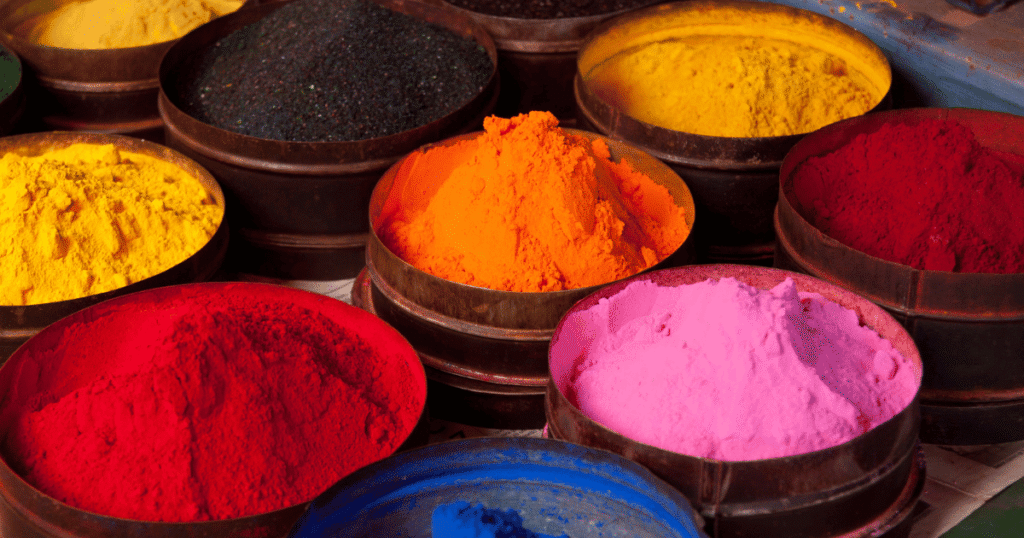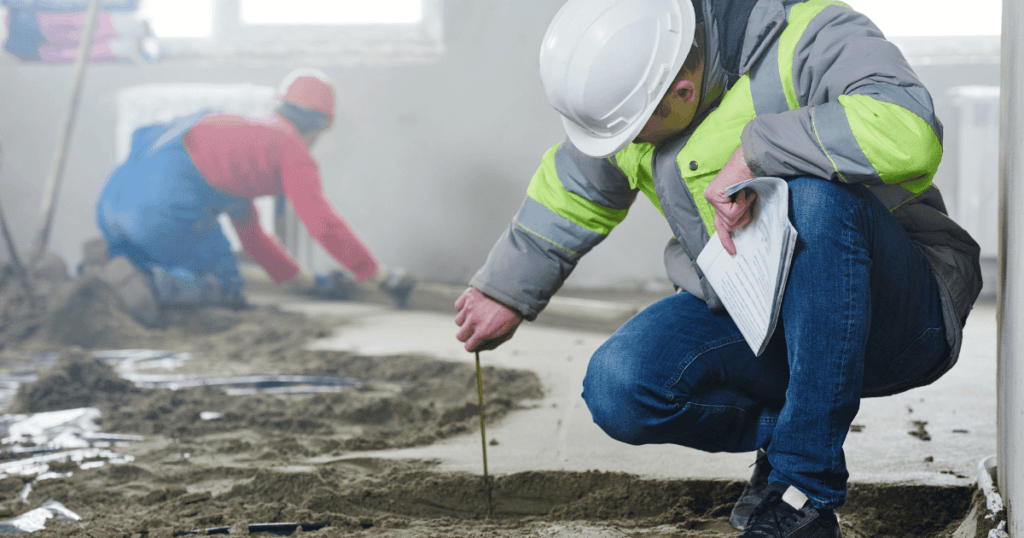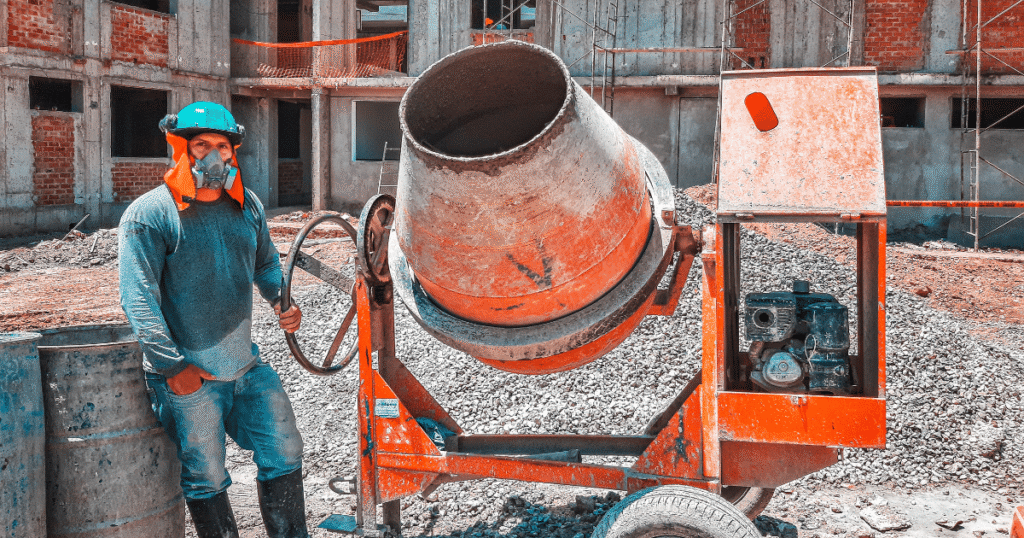Thanks to concrete color additives, we can transform dull gray concrete into something that actually pops with personality, without sacrificing durability or function.
Whether you’re working on a backyard patio, driveway, or even an indoor project like countertops or floors, adding a splash of color to your concrete can make a world of difference. Let’s dive into the colorful world of concrete and explore how these additives work, what your options are, and what you need to know before getting started.
What Are Concrete Additives Exactly?
Concrete color additives are pigments or dyes that are mixed into concrete to change its natural color.
They come in both powder and liquid form, and they’re designed to be added during the mixing process to create a uniform tone throughout the concrete.
You’re not just painting the surface, you’re coloring the concrete itself.
That means the color won’t fade, chip, or peel like paint might. Pretty awesome, right?
These additives are widely used in both residential and commercial projects. Think of that terracotta-colored walkway at your favorite coffee shop, or that stylish charcoal gray garage floor, yep, chances are those were achieved using concrete color additives.
Types Of Concrete Color Additives
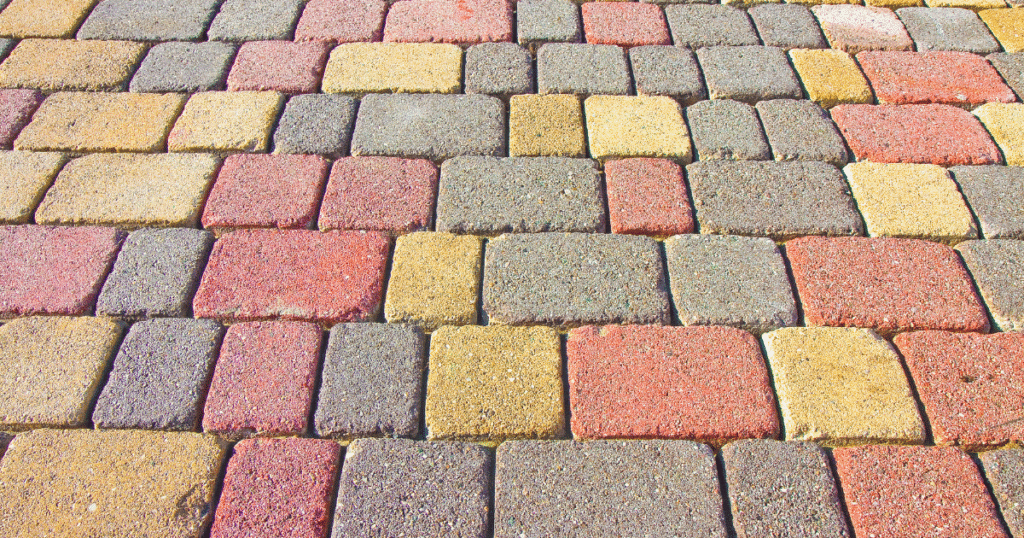
There are a few different types of concrete color additives, and each one has its own pros and cons depending on your project.
1. Integral Color Additives:
These are mixed into the concrete itself before it’s poured. The color spreads evenly throughout the entire batch, giving you rich, consistent color all the way through. If the surface chips, the color is still there.
2. Surface Color Additives (Stains and Dyes)
Instead of mixing into the concrete, these are applied to the surface after the concrete has cured. They offer a more decorative or marbled look and are great for adding character. However, they can fade over time if not sealed properly.
3. Dry-Shake Hardeners
This type is applied to the surface of freshly poured concrete. It adds both color and extra durability, making it great for high-traffic areas like warehouses or driveways.
Why Use Concrete Color Additives
There are lots of good reasons to go with color instead of plain gray concrete. Here are just a few:
- Aesthetic appeal – It’s an instant style upgrade. Color can make your project look more custom, polished, and professional.
- Blend with surroundings – You can match the color to your home’s exterior, landscaping, or other features.
- Hide stains and dirt – Let’s be real, gray concrete shows everything. Color can camouflage those oil stains, dirt, or rust marks.
- Long-lasting results – Since the color goes deep, it sticks around even if the surface gets chipped or scratched.
Popular Concrete Color Additives
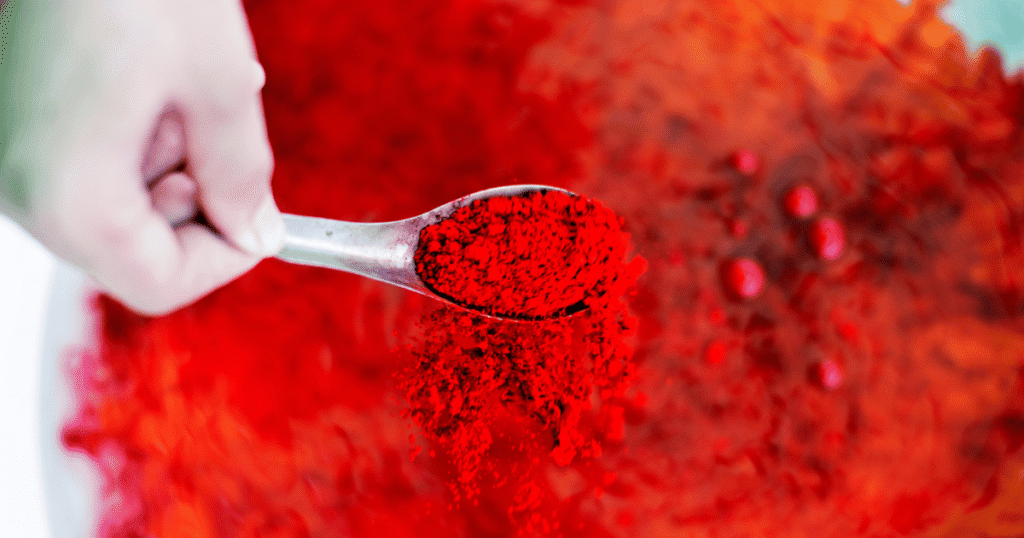
With concrete color additives, your options are almost endless. You can go bold or subtle, earthy or industrial, it all depends on your vision.
Here are a few popular color choices people go for:
- Black, charcoal or slate gray – Modern, sleek, and a big upgrade from plain gray
- Terracotta or brick red – Adds warmth and looks amazing in outdoor spaces
- Sandstone or beige – Perfect for patios, pool decks, and desert vibes
- Olive or moss green – Great for blending in with landscaping
- White or off-white – Clean, bright, and awesome for countertops
You can also combine colors or layer stains to create marbling effects, faux stone looks, or other artistic finishes. And don’t forget texture, stamped or brushed concrete plus color can look super high-end.
How To Use Concrete Additives
Ready to try your hand at this?
Using concrete color additives is easier than you might think, but there are a few key tips to follow to get great results.
Here’s a basic breakdown:
- Choose the right type of additive for your project (integral, surface, or dry-shake).
- Measure carefully. Too much pigment can mess with the strength of your mix.
- Mix thoroughly. If you’re using integral color, make sure the pigment is evenly distributed through the entire batch.
- Apply consistently. If you’re using stains or dyes, apply them evenly and follow the product instructions.
- Seal it up. Always seal your colored concrete to protect it from UV damage, stains, and moisture.
Things To Keep In Mind When Choosing The Right Concrete Color Additives
There are a few important factors to consider before you make a final decision:
- Color variation is normal – Weather, curing time, and mix ratios can all affect the final color. Always do a test patch if possible.
- Sealing is essential – This can’t be stressed enough. Without a sealer, even the best pigments can fade or discolor.
- Cost can vary – Basic earth-tone pigments are generally cheaper than custom colors or metallic finishes.
- Maintenance matters – While colored concrete is low-maintenance, you may need to reseal it every few years to keep it looking fresh.
Pros and Cons of Concrete Additives
Pros:
- Enhances appearance instantly
- Long-lasting and durable
- Lots of color and style options
- Works for indoor and outdoor spaces
- Resists fading (especially when sealed properly)
Cons:
- Slightly more expensive than regular concrete
- Color results can vary slightly
- Requires a bit more planning and precision
My Final Thoughts On Concrete Color Additives
If you’re looking for an easy way to make your concrete project stand out, concrete color additives are 100% worth considering.
They’re simple to use, they offer tons of style options, and they last a long time with minimal maintenance.
Whether you’re building a backyard oasis or just want to upgrade your garage floor, adding some color to your concrete can totally change the vibe and boost your curb appeal while you’re at it.


